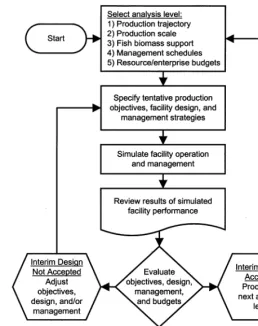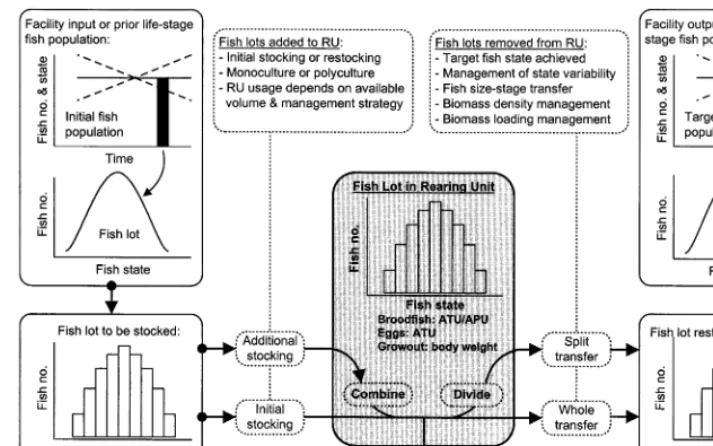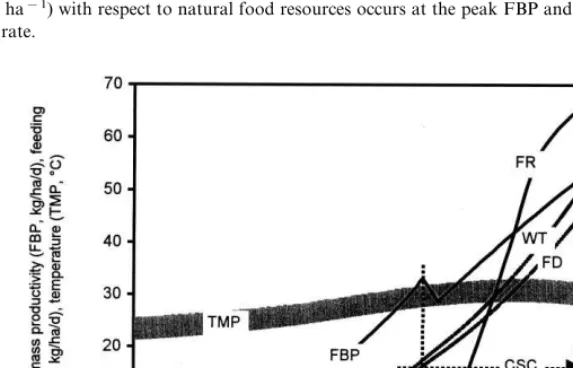Directory UMM :Data Elmu:jurnal:A:Aquacultural Engineering:Vol23.Issue1-3.Sept2000:
Teks penuh
Gambar




Dokumen terkait
Prediction from liquid limit and loss-on-treatment, the two `best predictors', accounted for 48.8% of the variability of maximum dry bulk density, 55.2% of the variability of
We describe a fish rearing unit modification that establishes mixed flow reactor (MFR) behavior in a rectangular vessel so as to eliminate metabolite concentration gradients,
Expert systems (Padala and Zilber, 1991), fuzzy logic controllers (Turk et al., 1997; Lea et al., 1998) and a hybrid neural fuzzy system (Whitsell et al., 1997) have been used
This paper provides an overview of the design aspects (with an emphasis on object-oriented program- ming principles), functional modules and application areas of POND, a
18 shows the benthic shear stress predicted by the simulation of a ‘real- world’ deployment of two paddlewheel and four propeller-aspirator aerators in Pond X.. The simulation
Among the GIS applications we are aware of in aquaculture, this case study is unique in that: (i) it demonstrates the value of collaborative implementation of such tools and
Fig. Bacterial growth in the different components of the rearing system... Concentration of heterotrophic bacteria in the biofilter effluent and the ratio of ingested feed
improving the quality of modelling datasets, and the process description of water, solute, and heat transport in a pesticide-leaching model, plus the process description of





